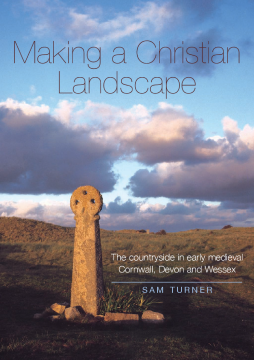
Additional Information
Book Details
Abstract
Sam Turner’s important new interpretation of early medieval patterns of landscape development traces landscape change in the South West from the introduction of Christianity to the Norman Conquest (AD c. 450–1070).
16 pages of colour illustrations.
The book stresses the significance of political and religious ideology in both the ‘Celtic’ west (especially Cornwall) and the ‘Anglo-Saxon’ east (especially the Wessex counties of Devon, Somerset, Wiltshire and Dorset). Using innovative new research methods, and making use of archaeology, place-name evidence, historical sources and land-use patterns, it challenges previous work on the subject by suggesting that the two regions have much in common.
Using modern mapping techniques to explore land-use trends, Turner advances a new model for the evolution of ecclesiastical institutions in south-west England. He shows that the early development of Christianity had an impact on the countryside that remains visible in the landscape we see today. Accessibly written with a glossary of terms and a comprehensive bibliography, the book will appeal to both veterans and newcomers to landscape archaeology.
Sam Turner is senior lecturer in archaeology at Newcastle University and editor of the Devon Archaeological Society Proceedings.
“…this welcome addition to the literature on south-western Britain in the early middle ages” (British Archaeology. November/December, 2006) “Readable, scholarly and insightful.” (British Archaeology. November/December, 2006) ‘In this important new study, Sam Turner argues that the changing pattern of settlements and estates in early medieval south-west Britain owed a great deal to a new Christian ideology of landscape.’ ‘…the book serves as a readable, well-illustrated, affordable but also scholarly introduction to the key debates about the early medieval church in the region as well as a new landscape study.’ (Southern History, Vol. 28, 2006)
